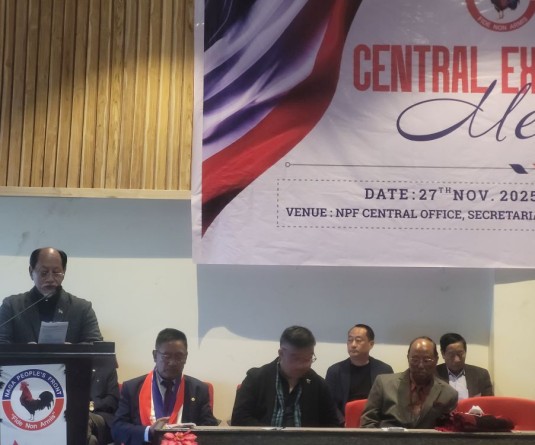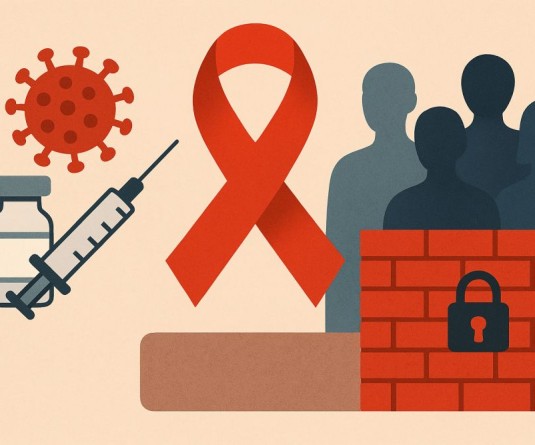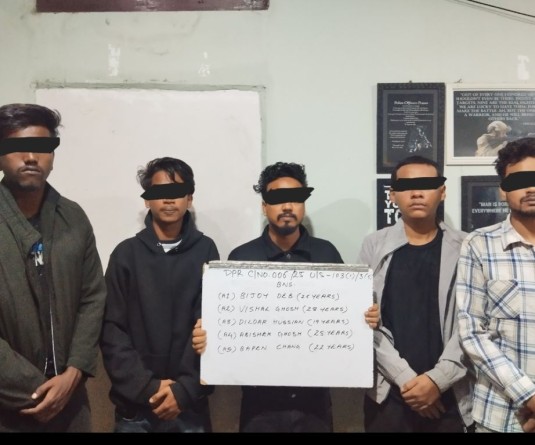
Morung Express News
Dimapur | March 2
Dimapur | March 2
In Nagaland, HIV is predominantly transmitted through the sexual route. Statistics taken in 2012-13 showed that 89% of HIV infection in Nagaland is through sexual transmission. The statistics, which appeared in the Computerized Management Information System (CMIS) bulletin (April 2006 to March 2013) published by Nagaland State Aids Control Society (NSACS), also stated that parent to child transmission stood at 5% and transmission through infected needles and syringes at 4%. Earlier, the major route of HIV transmission was sharing infected needles and syringes.
The bulletin underlined that there is an urgent need to inform healthcare providers and the public about the presence of HIV/AIDS in Nagaland State. In 2011, Nagaland was among six highest adult (15 to 49 years) HIV prevalence states in India with 0.73 %, according to Technical Report, India Estimates 2012.
However, the NSACS report showed an increasing decline in the number of HIV+ cases in the State. The bulletin recorded that in the year 2006-07, at Integrated Counselling and Testing Centres (ICTCs) across Nagaland, 22,121 people took HIV test and 1,027 were detected positive. Meanwhile, in 2012-13, 71,674 took the test and 1,533 of them were found to be HIV positive. According to the bulletin, rate of HIV+ declined from 4.64% to 2.35% within three years (2006 to 2008), but increased to 3.23% in 2008-2009, after which it declined at 2.30% in 2011-12. Meanwhile, number of AIDS related deaths in Nagaland during 2012-13 was 82 out of 423 cases reported (graph).
Among pregnant women, 151 were tested HIV positive in 2012-13 out of 19,175. Kiphire district had the highest HIV sero-positivity among pregnant women attending Ante Natal Care (ANC) clinics in 2012-13 and Wokha had the lowest with 1.59%. The figure in the bulletin showed a steady decrease in the HIV positivity rate among pregnant women from 2007 to 2013.
The data taken of general clients attending ICTCs in 2012-13 showed that Dimapur has the highest rate of HIV seropositivity with 6.33% among the 11 districts. Longleng district has the least with 0.11%.
In 2012-13, people between 25 to 49 years constituted 74% of HIV+ cases in Nagaland, followed by 15 to 24 years – 16 %; Below 14 – 6 %; and Above 50 – 4%.
The report concluded that HIV positivity among general population as well as High Risk Groups (HRGs) has declined steadily over the past three years. The positivity rate is higher among general population than HRGs, especially in Dimapur, Kohima, Tuensang, Kiphire and Peren districts, and numbers of discordant couples are more in the priority districts of Dimapur, Kohima, and Tuensang.
It further stated that a comprehensive study is urgently required to analyze and prioritize on men having sex with men and clients visiting female sex workers and design the requisite interventions. Scaling up of linkages between ICTC counsellors, Targeted Intervention, and Anti Retroviral Therapy centres need to be prioritized as HIV+ clients referred from the former centres to the ART are low, it recommended.






